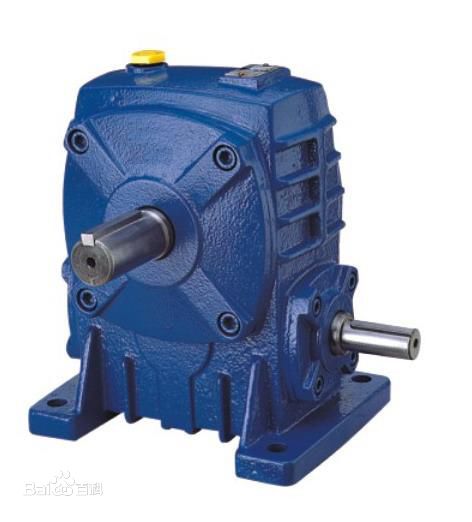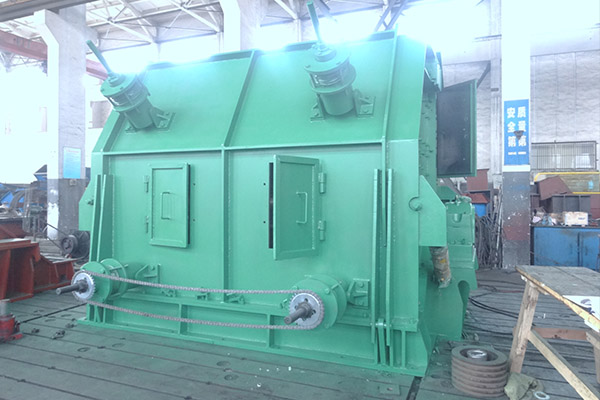https://www.ls-casting-mold.com/wp-content/uploads/2021/07/涡轮蜗杆减速机6.jpg
368
400
lsmojv
http://www.ls-casting-mold.com/wp-content/uploads/2018/12/lslogo-300x138.png
lsmojv2021-07-16 16:43:462021-07-16 16:45:35What is the difference between a worm gear reducer and a gear reducer?
https://www.ls-casting-mold.com/wp-content/uploads/2021/07/6-e1644394363308.jpg
337
600
lsmojv
http://www.ls-casting-mold.com/wp-content/uploads/2018/12/lslogo-300x138.png
lsmojv2021-07-16 15:24:022021-07-16 15:24:02Safety technical measures and precautions for oil tank truck loading and unloading operations
https://www.ls-casting-mold.com/wp-content/uploads/2021/07/吸污车1.png
458
792
lsmojv
http://www.ls-casting-mold.com/wp-content/uploads/2018/12/lslogo-300x138.png
lsmojv2021-07-16 14:36:022021-07-16 14:36:02The difference between a sewage suction truck and a septic tank truck
https://www.ls-casting-mold.com/wp-content/uploads/2021/07/搅拌P13-14.jpg
450
600
lsmojv
http://www.ls-casting-mold.com/wp-content/uploads/2018/12/lslogo-300x138.png
lsmojv2021-07-16 14:18:072021-07-16 14:18:07How to choose a tanker manufacturer?
https://www.ls-casting-mold.com/wp-content/uploads/2021/07/Sinotruk-混凝土搅拌车.jpg
450
600
lsmojv
http://www.ls-casting-mold.com/wp-content/uploads/2018/12/lslogo-300x138.png
lsmojv2021-07-16 10:50:582021-07-16 10:50:58Ten knowledge of concrete mixer truck, how many do you know?
http://www.ls-casting-mold.com/wp-content/uploads/2018/12/lslogo-300x138.png
0
0
lsmojv
http://www.ls-casting-mold.com/wp-content/uploads/2018/12/lslogo-300x138.png
lsmojv2021-07-15 15:16:292021-07-15 15:53:07What are the parts of the reduced iron briquetting machine?
https://www.ls-casting-mold.com/wp-content/uploads/2021/07/超高压球机2.jpg
400
600
lsmojv
http://www.ls-casting-mold.com/wp-content/uploads/2018/12/lslogo-300x138.png
lsmojv2021-07-07 15:56:032021-07-07 15:56:03How does the metal briquetting machine work?
https://www.ls-casting-mold.com/wp-content/uploads/2021/07/超高压球机2.jpg
400
600
lsmojv
http://www.ls-casting-mold.com/wp-content/uploads/2018/12/lslogo-300x138.png
lsmojv2021-07-07 15:12:002021-07-07 15:12:00What are the advantages of super-high pressure briquetting machine products?
http://www.ls-casting-mold.com/wp-content/uploads/2018/12/lslogo-300x138.png
0
0
lsmojv
http://www.ls-casting-mold.com/wp-content/uploads/2018/12/lslogo-300x138.png
lsmojv2021-07-07 14:46:102021-07-07 14:46:10Description of the internal structure of the compound crusher
http://www.ls-casting-mold.com/wp-content/uploads/2018/12/lslogo-300x138.png
0
0
lsmojv
http://www.ls-casting-mold.com/wp-content/uploads/2018/12/lslogo-300x138.png
lsmojv2021-06-30 15:50:092021-06-30 15:51:19What is the principle of magnetic bead method for nucleic acid extraction
Scroll to top








